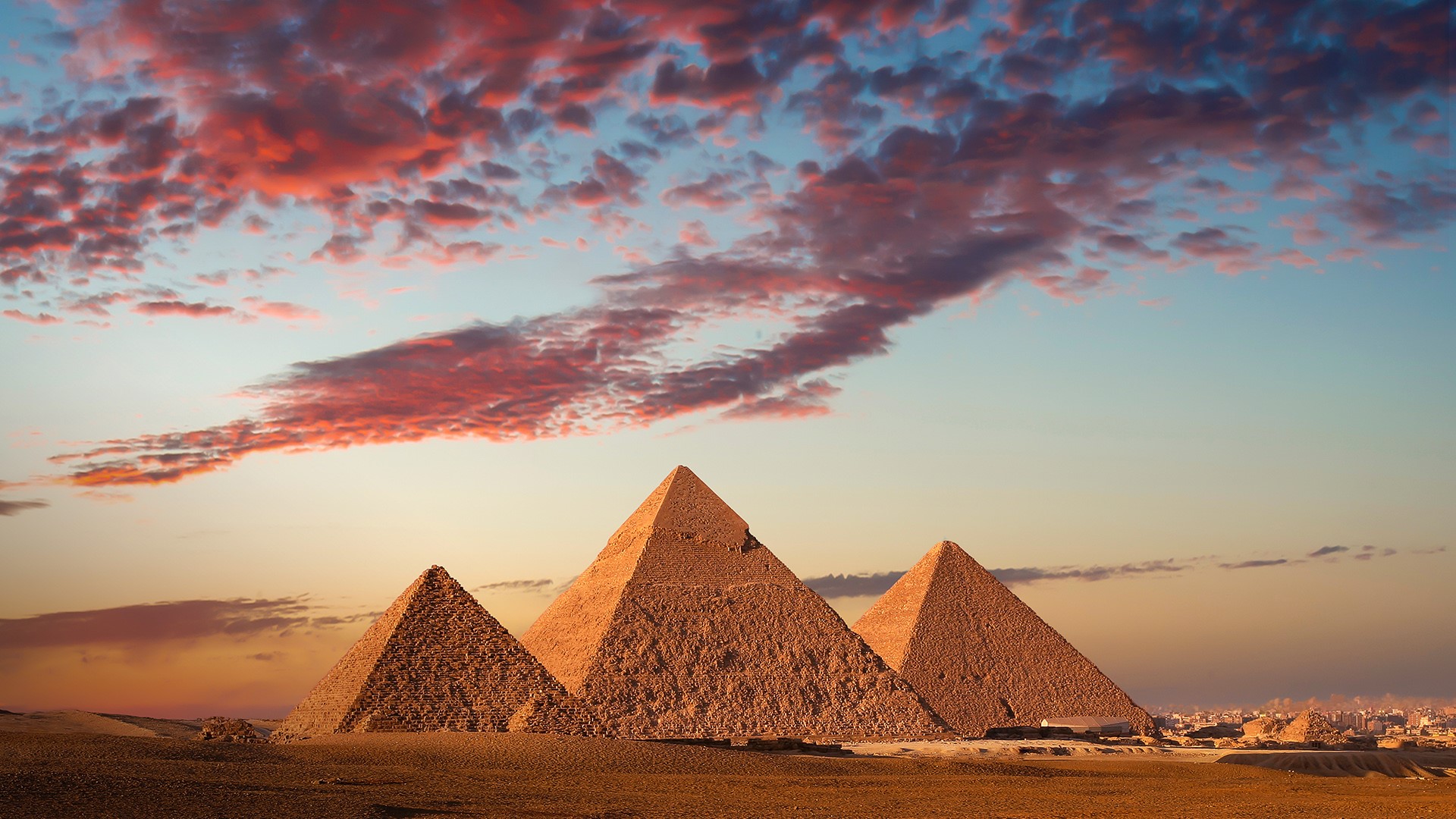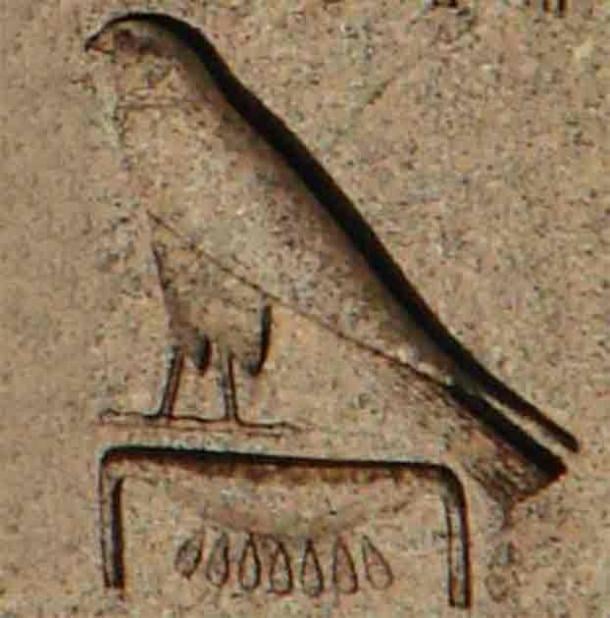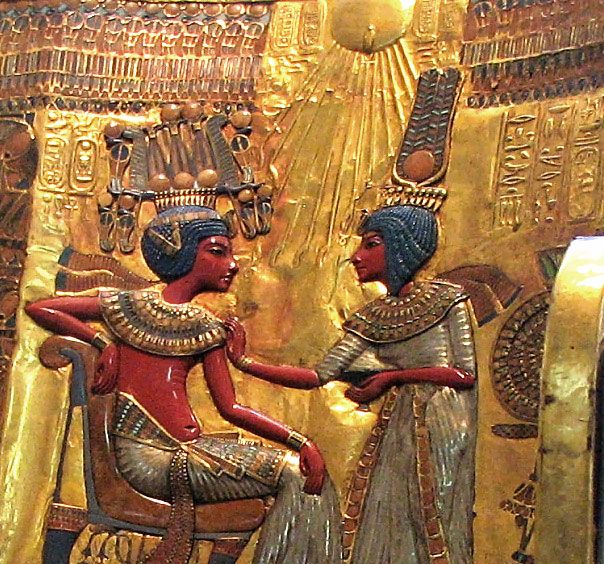In ancient Egypt, the term “pharaoh” referred to the supreme ruler of the land, a figure who held both political and religious power. The word itself means “Great House,” originally referring to the royal palace but later becoming synonymous with the ruler. Pharaohs were seen as divine figures, the intermediaries between the gods and the people, and their rule shaped the course of one of the world’s most enduring civilizations.
This article explores the historical and cultural significance of pharaohs, their roles in Egyptian society, and their lasting legacy on modern understanding of ancient history.
The Role of the Pharaoh
The pharaoh was more than just a monarch; they were considered a god on earth. As the head of state, the pharaoh made laws, collected taxes, and oversaw military campaigns. They also served as the high priest of all temples, ensuring that the gods were properly honored and that the balance of ma’at—the concept of order, truth, and cosmic harmony—was maintained.
Pharaohs were often depicted wearing elaborate headdresses, including the nemes (a striped headcloth) and the uraeus (a cobra symbolizing sovereignty). These symbols reinforced their divine authority and connection to the gods.
One of the most important duties of a pharaoh was to maintain ma’at. This required not only good governance but also participation in religious rituals and the construction of monumental architecture such as temples and pyramids. The pharaoh’s role in these ceremonies was essential to the spiritual life of the people.
The Rise of the Pharaoh

The title “pharaoh” became widely used during the New Kingdom (c. 1570–1069 BCE), although earlier rulers were known as kings. The unification of Upper and Lower Egypt by Narmer (also called Menes) around 3100 BCE marked the beginning of the first dynasty and the rise of the pharaonic system.
Narmer is often credited with uniting the two regions, an event that solidified the power of the pharaoh. His reign set the stage for the development of a centralized government and the establishment of a strong religious tradition centered around the pharaoh as a divine figure.
Over time, the pharaoh’s role evolved from a mere political leader to a god-like figure, with the belief that they were chosen by the gods to rule. This belief was reinforced through rituals, monuments, and the construction of grand tombs designed to ensure the pharaoh’s journey to the afterlife.
Famous Pharaohs and Their Legacies

Throughout history, several pharaohs have left a lasting impact on Egypt and the world. Some of the most famous include:
-
Hatshepsut: One of the few female pharaohs, Hatshepsut ruled successfully for over two decades. She is known for her extensive building projects, including her mortuary temple at Deir el-Bahri.
-
Tutankhamun: Although he ruled for only about ten years, Tutankhamun is perhaps the most well-known pharaoh due to the discovery of his nearly intact tomb in 1922.
-
Ramses II: Often considered one of the greatest pharaohs, Ramses II reigned for 67 years and expanded Egypt’s influence through military campaigns and monumental construction projects.
-
Cleopatra VII: The last active ruler of the Ptolemaic Kingdom of Egypt, Cleopatra is remembered for her political acumen and relationships with Roman leaders like Julius Caesar and Mark Antony.
These pharaohs, among others, helped shape the legacy of ancient Egypt and continue to capture the imagination of historians and the public alike.
The Legacy of the Pharaoh

The influence of the pharaoh extends far beyond ancient Egypt. Their rule inspired later civilizations and continues to be a subject of fascination in modern culture. From literature and film to archaeological discoveries, the image of the pharaoh remains a powerful symbol of ancient power and mysticism.
The discovery of the tomb of Tutankhamun in 1922 brought renewed interest in ancient Egypt and sparked a global fascination with its history. Today, the pyramids of Giza, the temples of Luxor, and the artifacts of the Egyptian Museum in Cairo serve as reminders of the grandeur and complexity of the pharaonic era.
Moreover, the concept of the pharaoh has influenced modern political and religious thought. The idea of a ruler as a divine figure or a national symbol can still be seen in various cultures today, even if in different forms.
Conclusion

The pharaoh was not just a ruler; they were a central figure in the spiritual and political life of ancient Egypt. Their role as both a king and a god made them a unique and powerful figure in history. Through their leadership, religious devotion, and monumental achievements, the pharaohs left an indelible mark on the world.
As we continue to uncover more about the lives of these ancient leaders, we gain a deeper appreciation for the complexities of their society and the enduring legacy they have left behind.
Meta Title: Who Is Pharaoh? A Comprehensive Guide to the Historical and Cultural Significance
Meta Description: Discover the historical and cultural significance of pharaohs in ancient Egypt. Learn about their roles, famous rulers, and lasting legacy.
Author: [Nama Lengkap]
Title/Role: [Jabatan atau keahlian]
Credentials: [Ringkasan kualifikasi atau pengalaman terkait]
Profile Link: [Link profil, opsional]
Sources:
– History.com – Pharaohs of Ancient Egypt
– British Museum – Ancient Egypt
– National Geographic – Pharaohs
Internal Links:
– Ancient Egyptian Civilization
– The Role of Religion in Ancient Egypt
– Famous Egyptian Monuments
Call to Action: Stay updated with the latest news and discoveries about ancient Egypt and its rich history. Explore today’s headlines and uncover the secrets of the past.











More Stories
US Trending News: The History and Legacy of Zoo York in Streetwear Culture
Understanding ‘You Got That Right’ in The New York Times: Context and Implications
US Trending News: What Are Winter Bones? A Guide to the Seasonal Trend in Bone Health